
“The only way to treat the common cold is with contempt.” ~ Sir William Osler
Fortunately, things have changed since 1888 when Sir William Osler, the first professor of medicine at Johns Hopkins University Medical School in Baltimore, made this statement.1,2 Modern research now confirms that supplemental vitamins, minerals, botanicals, and other natural remedies can decrease the severity and duration of the common cold.
The common cold is the most frequent human illness. Adults typically experience 1–3 colds per year, whereas children have an average of five but could have up to 11 colds per year.1,3 Genetics, stress, smoking, nutrient deficiencies, and strenuous physical training can increase the risk of catching a cold.1,4
More than 200 viruses cause upper respiratory tract infections with common cold symptoms, and they include:1,3
- Rhinoviruses (RVs)
- Respiratory Syncytial Virus (RSV)
- Influenza Viruses
- Parainfluenza viruses
- Coronaviruses
- Adenoviruses
- Enteroviruses, including Coxsackieviruses and Echoviruses
- Bocavirus
- Epstein Barr Virus (EBV)
- Human Metapneumovirus (hMPV)1
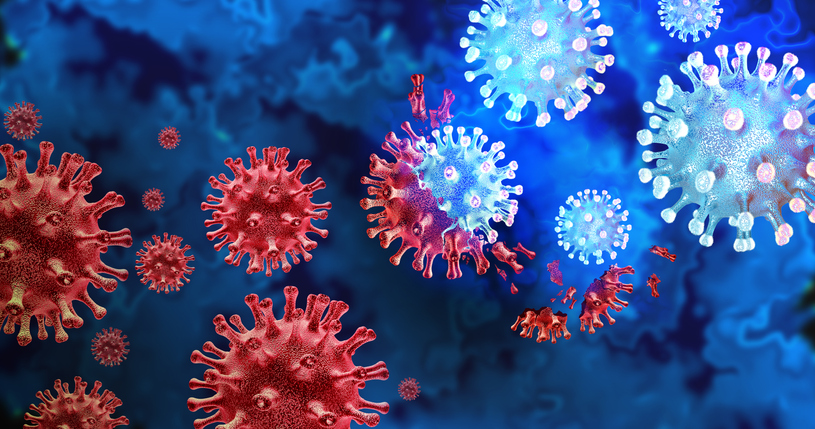
Historically, rhinoviruses (RVs) are the most common underlying cause of common colds, responsible for up to 80 % of cases. RVs are also the viruses most commonly found in the respiratory tract throughout the year.1
Common colds are rare during the summer, but upper respiratory infections increase from the beginning of September until early spring each year. And the number of flu cases tends to increase in early November. So, we are currently in the midst of the cold and flu season.
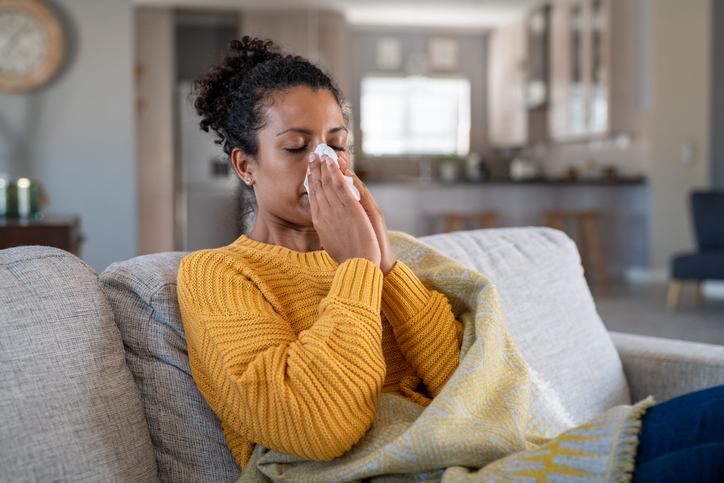
The immune system protects the body from many infectious organisms, including bacteria, viruses, fungi, and parasites. While the immune system is always active and carrying out surveillance to defend against these potential threats, immune activity is significantly enhanced when an infection occurs. This heightened immune activity is accompanied by an increased rate of metabolism, which requires energy and compounds for the biosynthesis of immune molecules, all of which are ultimately derived from the diet.4
Decades of research on nutrient deficiencies confirm several vitamins and trace minerals play key roles in supporting a healthy immune response and reducing the risk of infections.
These nutrients include:
- Vitamin A
- Vitamin B6
- Vitamin B12
- Folate
- Vitamin C
- Vitamin D
- Vitamin E
- Zinc
- Copper
- Selenium4

The use of herbal and nutritional remedies for supporting general health maintenance, enhancing the function of the immune system, and treating the common cold is becoming more popular as modern research continues to illuminate the benefits of supplementation. Consider the following evidence-based natural options to support the health of your patients during the cold and flu season.*
Organic Bioflavonoids
Bioflavonoids are present in all plants and offer an impressive range of physiologic effects, including antiviral, anti-inflammatory, antibacterial, and antioxidant benefits. Studies report bioflavonoids reduce the proliferation and replication of many viruses that cause cold symptoms, including the rhinovirus (RV), respiratory syncytial virus (RSV), and parainfluenza virus type 3.1,3 Bioflavonoids also reduce inflammation.3
Quercetin is a bioflavonoid found in citrus fruits, apples, and onions. Research shows quercetin blocks the entry of cold viruses into cells. Quercetin also inhibits RV and poliovirus enzyme activity as well as RNA polymerase activity in some RNA viruses.1
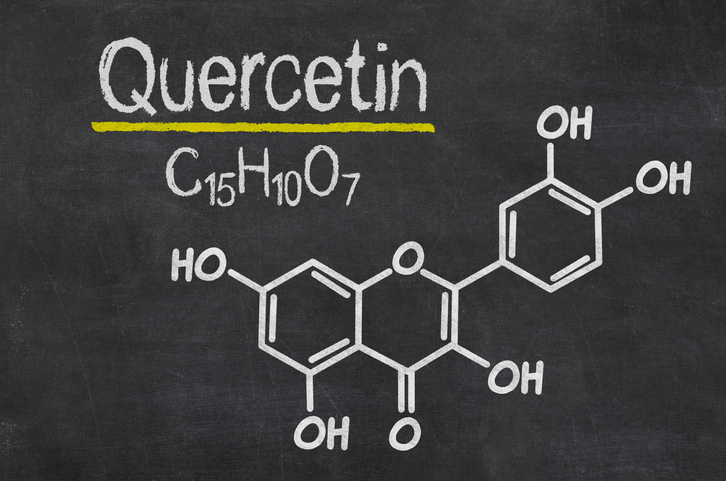
In cell cultures and animal studies, treatment with quercetin during a rhinovirus infection induces a significant reduction in the viral load and the inflammatory response. Results of a clinical trial demonstrate quercetin supplementation over 12 weeks reduces the total number of sick days and cold symptom severity in adults.1
A thorough systematic review that examined the overall impact of bioflavonoids on upper respiratory infections (URIs) determined that an increased intake of bioflavonoids decreases the incidence of URIs by 33% with no adverse effects.3
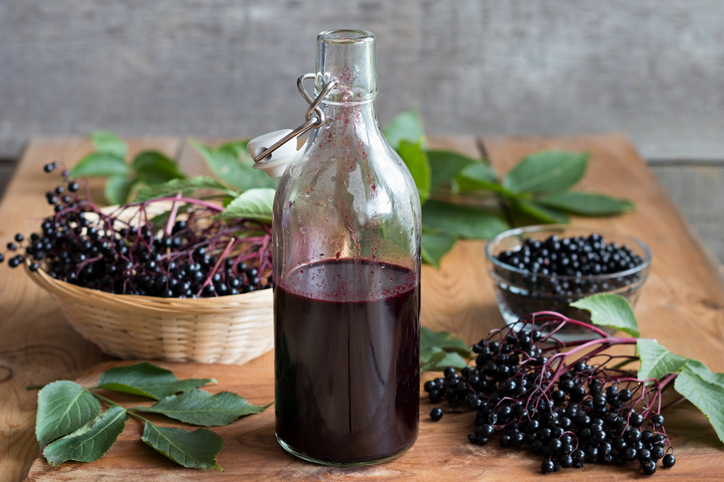
Black Elderberry
Black elderberry (Sambucus nigra) has historically been used as both a food and a remedy for health concerns, including colds and flu. A recent systematic review confirmed elderberry extract shortens the duration of colds and the flu and is beneficial for those with upper respiratory symptoms.5
Specifically, elderberry extracts have demonstrated inhibitory effects on human coronaviruses, influenza A, influenza B, and H1N1 viruses in well-designed research studies.5,6,7
Black elderberry contains anthocyanins, a subset of bioflavonoids that appear to have immune-modulating and anti-inflammatory benefits. The anthocyanins in elderberry attach to the viruses to prevent them from entering cells, thereby offering an inhibitory effect on the virus.5 If a virus cannot enter a cell, it cannot replicate.
So, if elderberry extract is taken immediately after exposure to a virus or at the onset of viral symptoms, the immune system might only need to fight and clear a hundred or a thousand viruses rather than a million or a billion viruses.
A recent review of clinical studies concluded that elderberry extracts reduce the symptoms of an upper respiratory infection when taken within the first 48 hours of symptom onset by an average of 50% after 2-4 days of supplementation. The symptoms relieved by elderberry extract in adults include fever, headache, nasal congestion, and runny nose. The review also confirmed no serious side effects were experienced by the participants supplementing with the elderberry extracts.8

Since research shows that elderberry supplements, including elderberry tea, could be most effective when taken immediately after cold or flu symptoms begin, consider recommending patients keep a healthy supply of elderberry on hand throughout the cold and flu season.9
Zinc Ascorbate
Zinc is the second-most abundant trace metal in the human body after iron. Zinc is essential to the structure and function of proteins, including approximately 2000 enzymes that are necessary for critical cellular processes.10
The global prevalence of zinc deficiency is estimated to be approximately 17% to 20% and occurs most frequently in the elderly, vegans, vegetarians, and individuals with chronic diseases such as liver cirrhosis or inflammatory bowel disease. Zinc deficiency could result in a suboptimal immune response, particularly during the cold and flu season.10
Zinc contributes to numerous immune signaling pathways and plays an essential role in an effective antiviral response. Supplementation with zinc has the potential to drastically improve the clearance of viral infections, as well as the awful symptoms associated with viral infections.10
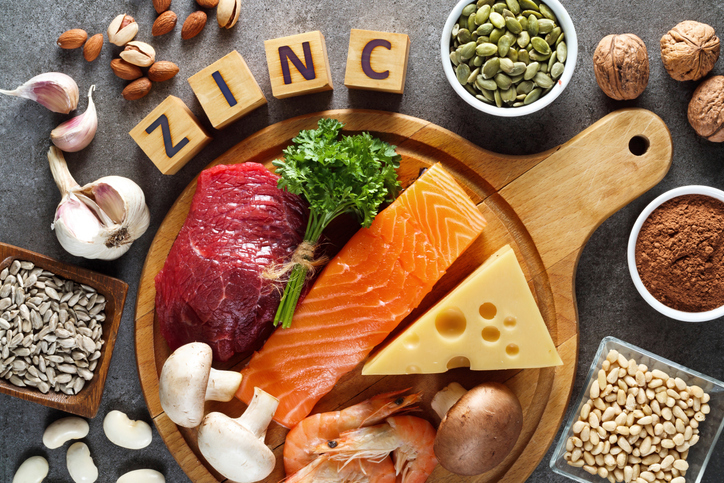
Research confirms zinc inhibits viral replication.10 Specifically, zinc inhibits the replication of coronaviruses, rhinoviruses (RV), influenza viruses, RSV, and coxsackieviruses.1,11,12 Zinc also blocks RV’s ability to bind to cells, alters the configuration of viral proteins, and modulates aspects of the inflammatory response.1
In clinical trials, zinc reduces the average duration of the common cold in healthy people when taken within 24 hours of the onset of symptoms.1,4 Clinical trials of oral and topical zinc preparations demonstrate they are effective for clearing viral warts. Year-long supplementation with zinc by elderly subjects dramatically reduces the number of infections.10
When different forms of zinc are studied, research shows chelation influences the efficiency of zinc transport across cell membranes. Zinc is most effective as an antiviral when shuttled inside cells, so increasing transport across cell membranes enhances the antiviral effects.13
According to research, zinc ascorbate increases the intracellular level of zinc more significantly than other chelated forms, including zinc citrate, zinc sulfate, and zinc chloride. Zinc ascorbate is a chelated compound produced by binding vitamin C (ascorbic acid) to zinc. Thus, when vitamin C is attached to zinc, it enhances zinc absorption into cells and antiviral activity.*13
Research also suggests that supplementation with zinc and vitamin C as individual nutrients does not increase the intracellular zinc level as efficiently as the zinc ascorbate chelate. Therefore, supplementation with zinc ascorbate is more effective for antiviral immune support than taking zinc and vitamin C as separate supplements.*13

Earthing
What is earthing? Earthing is a free but powerful treatment option to support the health of the immune system and other systems in the body. Earthing offers natural anti-inflammatory benefits and is a profound source of antioxidants. To participate in earthing, one simply needs to walk on the earth with bare feet.14
Walking on the earth with bare feet grounds and physically connects the body to the healing energy of the earth.14
A severe inflammatory response to a viral infection can include a potentially destructive phenomenon known as a “respiratory burst” or an “oxidative burst.” An oxidative burst is the increased production of charged oxidizing agents, which are also known as free radicals.14,15
The highly reactive free radicals accumulate at the site of the infection and can harm healthy tissues. Recent research emphasizes the importance of charge transfer to neutralize free radicals during and after the oxidative burst.14
When living systems, including the human body, are connected to the healing energy of the earth, it can mitigate the consequences of inflammation by neutralizing and clearing free radicals. Research on earthing also demonstrates other improvements in the immune response.14
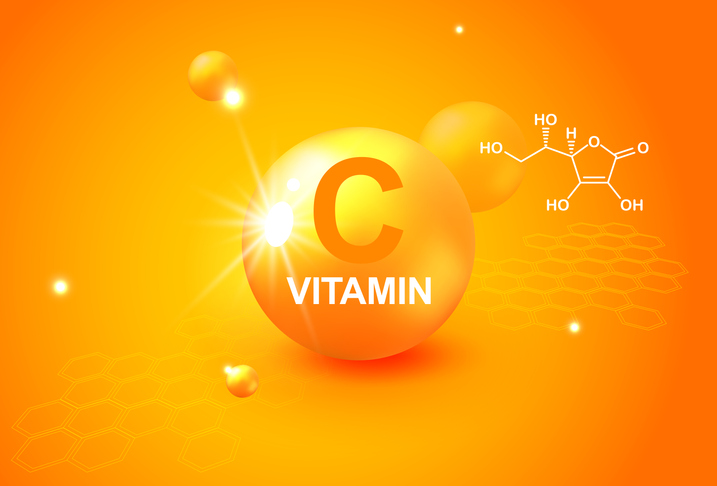
Vitamin C (Ascorbic acid)
According to a thorough review that analyzed the results of 31 randomized controlled trials, vitamin C supplementation does not change the number of common colds in the average person, but it does shorten the duration of common colds and decreases the severity of the infections. The results of the review also reveal vitamin C supplementation reduces the number of colds experienced by those under heavy short-term physical stress, including athletic training.4
The results of a clinical study confirm taking 100 mg of vitamin C with 10 mg of zinc together may stop a runny nose, which is an uncomfortable and frequent symptom of the common cold.1 Therefore, combining several nutrients that support the immune system might offer synergistic effects. And as noted above, when zinc is bound to ascorbic acid as zinc ascorbate, the antiviral benefits increase.13
We tend to recommend lots of rest and extra fluids for a cold but could consider offering additional treatment options. Research shows supplemental nutrients, botanicals, and other immune-supportive natural compounds could help patients recover more quickly from a cold. Research also suggests natural immune support might prevent severe upper respiratory infections when taken immediately after exposure to a virus or at the onset of symptoms.9
To test for the presence of inflammation or suboptimal immune function, consider ordering an Adrenal Stress Index Panel or a GI Health Panel.
To place a test order, click here. As a reminder, DiagnosTechs can drop ship test kits directly to your patients. You may select this option at the top of the order form.
Please visit our Provider Tools page for more information about inflammation, immune function, and our test panels.
* This statement has not been evaluated by the Food and Drug Administration. This product is not intended to diagnose, treat, cure, or prevent any disease.
References:
- Passioti M, Maggina P, Megremis S, et al. The common cold: potential for future prevention or cure. Curr Allergy Asthma Rep. 2014;14(2):413. doi:10.1007/s11882-013-0413-5
- Pickering G. Sir William Osler, Baronet. Encyclopædia Britannica. https://www.britannica.com/biography/Sir-William-Osler-Baronet. Published July 18, 2022. Accessed August 30, 2022.
- Somerville VS, Braakhuis AJ, Hopkins WG. Effect of Flavonoids on Upper Respiratory Tract Infections and Immune Function: A Systematic Review and Meta-Analysis. Adv Nutr. 2016;7(3):488-497. doi:10.3945/an.115.010538
- Calder PC. Nutrition, immunity and COVID-19. BMJ Nutr Prev Health. 2020;3(1):74-92. doi:10.1136/bmjnph-2020-000085
- Wieland LS, Piechotta V, Feinberg T, et al. Elderberry for prevention and treatment of viral respiratory illnesses: a systematic review. BMC Complement Med Ther. 2021;21(1):112. doi:10.1186/s12906-021-03283-5
- Weng JR, Lin CS, Lai HC, et al. Antiviral activity of Sambucus FormosanaNakai ethanol extract and related phenolic acid constituents against human coronavirus NL63. Virus Res. 2019;273:197767. doi:10.1016/j.virusres.2019.197767
- Mocanu ML, Amariei S. Elderberries-A Source of Bioactive Compounds with Antiviral Action. Plants (Basel). 2022;11(6):740. doi:10.3390/plants11060740
- Harnett J, Oakes K, Carè J, et al. The effects of Sambucus nigra berry on acute respiratory viral infections: A rapid review of clinical studies. Adv Integr Med. 2020;7(4):240-246. doi:10.1016/j.aimed.2020.08.001
- Chen C, Zuckerman DM, Brantley S, et al. Sambucus nigra extracts inhibit infectious bronchitis virus at an early point during replication. BMC Vet Res. 2014;10:24. doi:10.1186/1746-6148-10-24
- Read SA, Obeid S, Ahlenstiel C, et al. The Role of Zinc in Antiviral Immunity. Adv Nutr. 2019;10(4):696-710. doi:10.1093/advances/nmz013
- te Velthuis AJ, van den Worm SH, Sims AC, et al. Zn(2+) inhibits coronavirus and arterivirus RNA polymerase activity in vitro and zinc ionophores block the replication of these viruses in cell culture. PLoS Pathog. 2010;6(11):e1001176. doi:10.1371/journal.ppat.1001176
- Govers C, Calder PC, Savelkoul HFJ, et al. Ingestion, Immunity, and Infection: Nutrition and Viral Respiratory Tract Infections. Front Immunol. 2022;13:841532. doi:10.3389/fimmu.2022.841532
- Cingolani V. Hypothesis of zinc ascorbate as best zinc ionophore for raising antiviral resistance against Covid-19. J Med Virol. 2021;93(9):5205-5208. doi:10.1002/jmv.26989
- Mousa HA. Prevention and Treatment of Influenza, Influenza-Like Illness, and Common Cold by Herbal, Complementary, and Natural Therapies. J Evid Based Complementary Altern Med. 2017;22(1):166-174. doi:10.1177/2156587216641831
- Ma Y, Zhang Y, Zhu L. Role of neutrophils in acute viral infection. Immun Inflamm Dis. 2021;9(4):1186-1196. doi:10.1002/iid3.500

